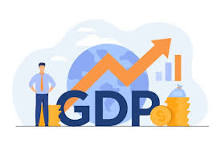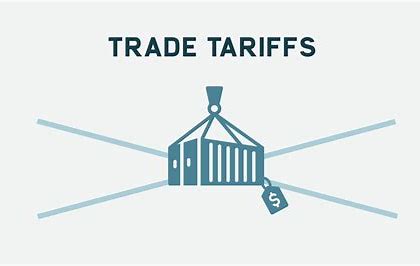
The Philippine government has proactively addressed the challenges posed by U.S. President Donald Trump’s reciprocal tariffs. These tariffs, set at 17% for Philippine exports to the U.S., are part of a broader trade policy addressing trade imbalances.
While the tariffs could disrupt supply chains and increase exporter costs, the Philippines is leveraging its unique economic position to turn this challenge into an opportunity.
Finance Secretary Ralph Recto emphasized the Philippine economy’s resilience, primarily driven by domestic demand rather than exports. This makes the country less vulnerable to trade wars than its Southeast Asian neighbors, many of whom face significantly higher tariffs. The government is actively using the Corporate Recovery and Tax Incentives for Enterprises to Maximize Opportunities for Reinvigorating the Economy (CREATE MORE) Act to attract foreign investors. This legislation aims to make the Philippines a hub for global value chains, particularly in electronics, textiles, food, and automobiles.
Moreover, the relatively lower tariffs imposed on Philippine exports than those of other Asian countries could make the Philippines an attractive alternative for U.S. buyers and investors. The government is also pursuing more free trade agreements to strengthen its position in the global market.
While the tariffs present challenges, they also offer an opportunity for the Philippines to negotiate more favorable trade terms with the U.S. and to reposition itself as a competitive player in the international trade arena. By capitalizing on its strengths and implementing strategic policies, the Philippine government aims to mitigate the impact of these tariffs and foster economic growth.
This approach highlights the country’s adaptability and commitment to maintaining stable trade relations despite global economic uncertainties.




